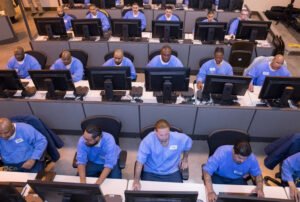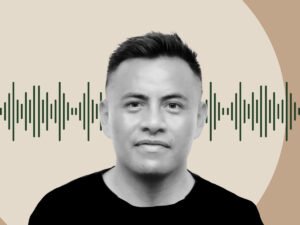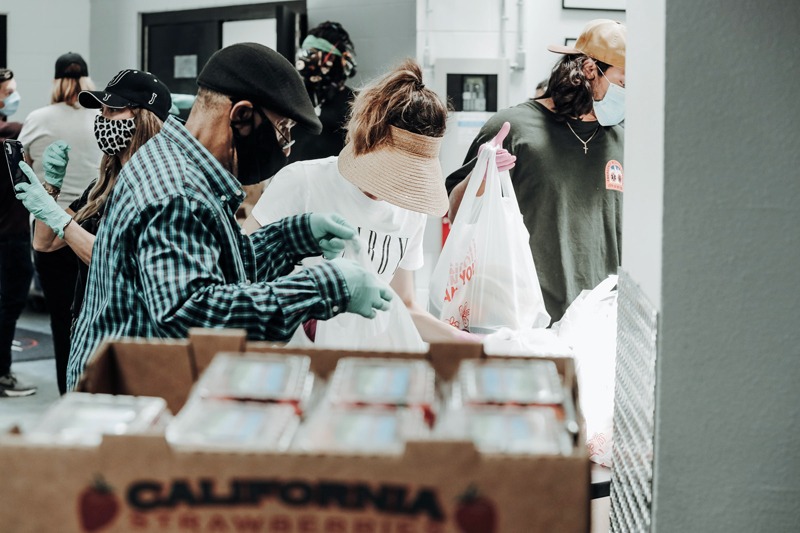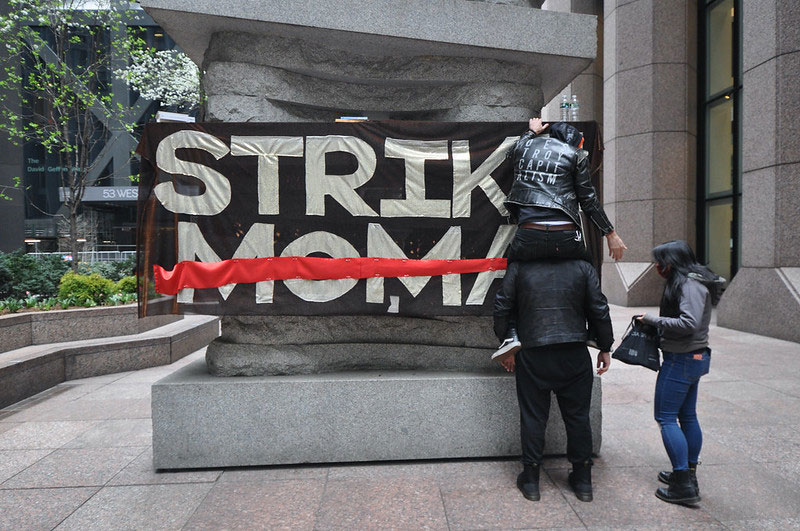October 19, 2010; Source: North County Times | The North County Times seems to be astounded that the San Diego Foundation saw donations grow 34.4 percent during its last fiscal year compared to charitable donations nationwide, which shrunk by 11 percent. The Times found a $500,000 legacy fund dedicated to one of the San Diego Foundation’s affiliate funds in Rancho Bernardo, but that doesn’t explain much of the $43 million in new funds flowing into the foundation. We have a guess.
A quick look at the Foundation’s most recent Form 990 from its website shows that the Foundation had 585 donor-advised funds (with assets of roughly $240 million and 1,031 funds that were similar to DAFs but not quite DAFs with assets of $196 million [PDF]). A San Diego Foundation fact sheet [PDF] reports that the foundation controlled 1,668 funds with a combined asset value of $485 million.
As we’ve written about the national commercial gift funds this year, we’ve seen that the managers of DAFs haven’t done badly coming out of the recession, with Fidelity and the National Philanthropic Trust reporting counter-recessionary revenue upticks. Some community foundations now raise the bulk of their funds from individuals creating DAFs. Surrounded by amazingly wealthy communities, the San Diego Foundation is a likely beneficiary of the increase in contributions to donor-advised funds from reasonably high net worth individuals, showing up as an increase in its donations while most of charitable giving is tanking.
Sign up for our free newsletters
Subscribe to NPQ's newsletters to have our top stories delivered directly to your inbox.
By signing up, you agree to our privacy policy and terms of use, and to receive messages from NPQ and our partners.
The drawback of increasing donations to DAFs is that the bulk of DAF contributions sit in accounts (even though they pay out double or triple the rate of private foundations), as compared to operating foundations, which spend down most of their donations. In addition, donations to DAF’s may not translate to addressing the needs of the nation’s or a region’s neediest populations.
The San Diego Foundation deserves plaudits for its mid-recession fundraising successes. But the press would do better if it realized that in the case of the diverse kinds of charitable giving, contributions to donor-advised funds are different than direct gifts to operating charities in terms of the profile of givers and the timing of DAF dollars reaching on-the-ground nonprofits.—Rick Cohen













